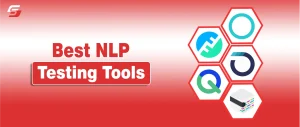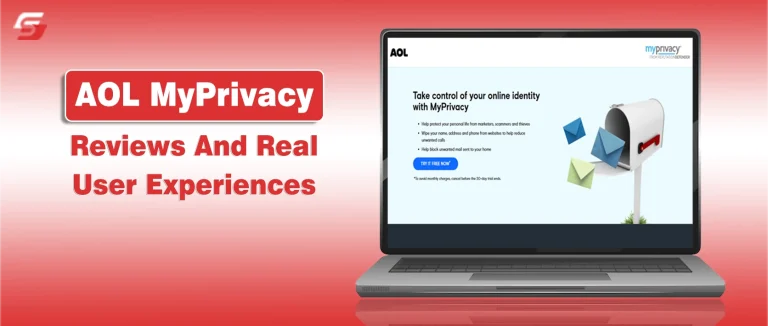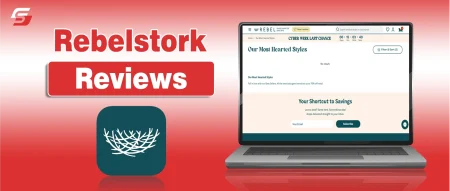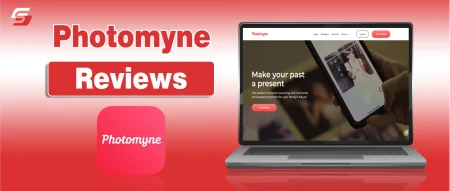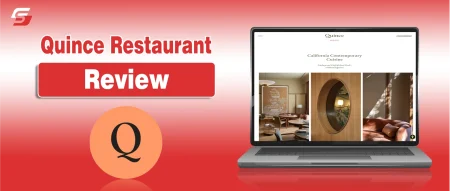Online privacy is no longer optional. Every click, online search, and form you fill out can expose personal information. This data can be collected, sold, or even stolen by cybercriminals.
AOL’s MyPrivacy service aims to protect users by scanning the web for personal data and requesting its removal from risky databases and marketing lists.
But how effective is it in practice? In this guide, we dive into AOL MyPrivacy reviews, share real user experiences, and highlight practical tips to secure your AOL account. By the end, you’ll know how to protect your information and use AOL safely in 2025.
What Is AOL MyPrivacy?
AOL MyPrivacy is an online privacy service offered by AOL as part of its premium plans. It helps users remove personal details from data broker sites and reduces unwanted mail or spam. The goal is to protect users from identity theft, scams, and privacy breaches.
MyPrivacy scans the internet for your personal information. It then requests the removal of that data from public sources. You can activate it through your AOL MyBenefits dashboard if your plan includes it.
Many users report that the service helps reduce junk mail and data exposure. However, others say it takes time to see noticeable results. Like any privacy service, effectiveness depends on how much of your data is already online.
Does AOL Email Still Exist
Yes, AOL email still exists in 2025. Despite the rise of other platforms, AOL Mail remains active. Many users still rely on it for personal and business communication. You can access AOL Mail via web browsers, mobile apps, or desktop clients.
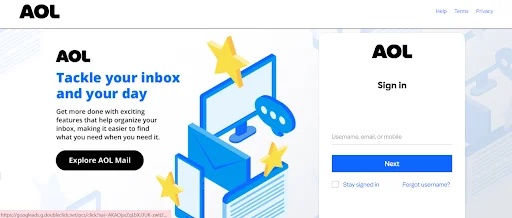
So if you’re wondering, “Is AOL email still around?”, the answer is absolutely yes. AOL continues to update its systems and features to keep up with modern security standards. Although it may not be as popular as Gmail or Outlook, it remains a trusted choice for long-term users.
Is AOL Email Secure
Security is a major concern for any email platform. Users often ask, “Is AOL email secure?” The short answer is yes, but with some limitations.
AOL uses encryption to protect your login credentials and messages. The service also has built-in spam filters and virus protection. However, users should remain cautious of AOL scams that often appear as fake emails or pop-ups.
For instance, you might see messages saying, “Your AOL account needs an urgent update.” Many users ask, “Is AOL update legitimate?” The truth is, not always. Cybercriminals create fake update notices to steal your data. Always check the sender’s address and never click suspicious links.
The Importance Of Online Privacy
Online privacy matters more than ever. Here’s why protecting your personal information is so important:
- Online privacy helps you control who can see or use your personal data.
- Collected data can be sold, shared, or even stolen by third parties.
- AOL MyPrivacy reduces this risk by removing personal details from public databases.
- It’s beneficial for long-term AOL users with years of online exposure.
- Protecting privacy helps prevent spam, phishing attacks, and identity theft.
- Limiting your online data reduces the risk of targeted scams or fraud.
- Maintaining privacy ensures peace of mind and safer online interactions.
Threats To Online Privacy
Online privacy faces several threats in 2025. Hackers, scammers, and data brokers continue to evolve. Common threats include:
- Phishing Emails: Fake messages trick users into sharing passwords.
- Data Breaches: Companies sometimes leak personal data accidentally or through attacks.
- Malware: Infected attachments can steal your login details.
- Public Wi-Fi Risks: Open networks can expose your data to attackers.
- Tracking Cookies: Sites track your activity to deliver ads and collect data.
AOL users are not immune. Some receive fake emails claiming to be from AOL Premium Customer Care that ask for payment or account details.
Remember, legitimate AOL support will never ask for passwords via email.
How To Make Your AOL Account Safer
Keeping your AOL account safe doesn’t require advanced skills. Here are a few smart habits that can make a big difference.
1. Use a Strong Password
A strong password is your first defense against hackers. Mix uppercase and lowercase letters with numbers and symbols. Avoid using personal details like birthdays or names. The more unique your password is, the harder it becomes for attackers to guess or crack it.
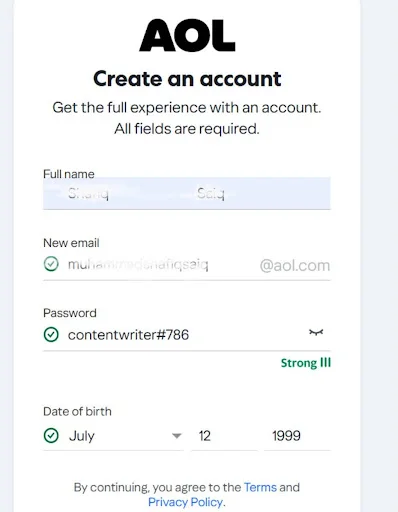
2. Change Your Password Regularly
Changing your password every few months helps protect your account from unauthorized access. Even if your old password leaks online, updating it quickly limits damage. Set reminders to change passwords across all your accounts for better overall security.
3. Avoid Suspicious Links
Phishing emails often look real but lead to fake websites. Always check the sender’s address and avoid clicking on unfamiliar links. When in doubt, visit AOL’s official site directly to verify any alerts or updates. Staying cautious prevents account compromise.
4. Review Active Sessions
Regularly checking active sessions keeps your AOL account secure. If you see unfamiliar devices or locations, sign out immediately and reset your password. This quick habit helps detect unauthorized logins before they cause harm or steal your information.
5. Update Security Questions
Security questions add another layer of protection. Choose answers that only you would know, not information visible on social media. Avoid using names, birthdays, or addresses. Updating these questions regularly helps keep your account safe from guessing attempts.
Enabling Two-Factor Authentication on AOL Mail
Two-factor authentication (2FA) adds powerful protection. Even if someone knows your password, they can’t log in without your verification code.
Here’s how to set it up:
1.Log in to your AOL Mail account.
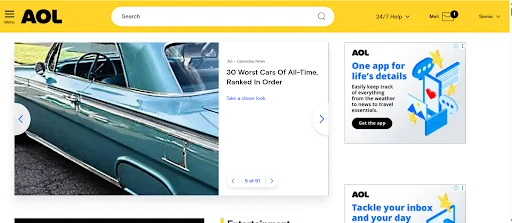
2. Go to Account Security settings.
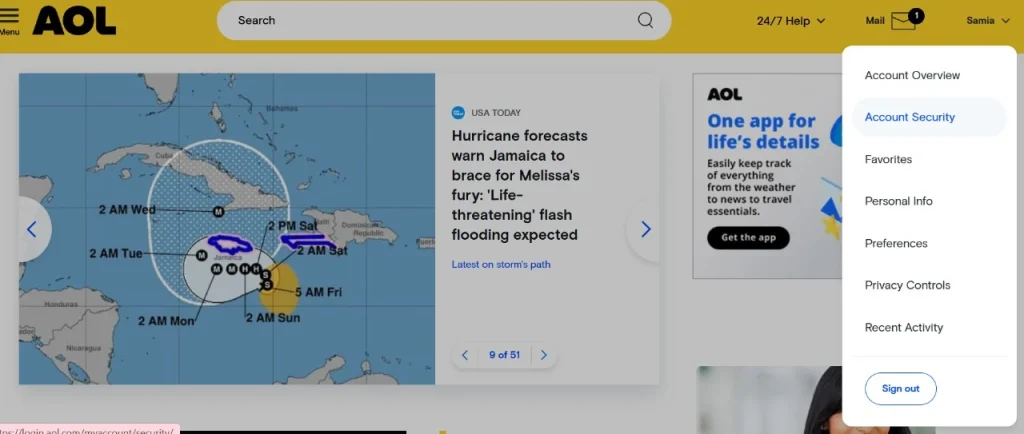
3. Select Two-Step Verification.

4. Enter your phone number or authentication app.
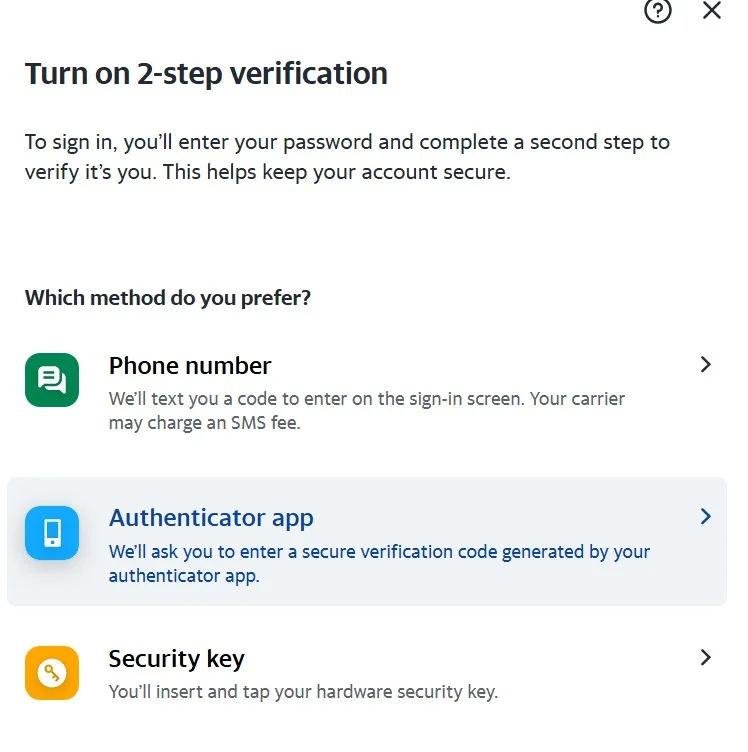
The authentication code will be sent to your device. Enter the verification code, and you are done. Once enabled, you’ll receive a security code each time you log in. This feature drastically lowers the risk of unauthorized access.
Pros And Cons Of AOL
Here’s a quick look at AOL’s strengths and weaknesses.
| Pros | Cons |
| Reliable and long-standing platform | Outdated design compared to newer email services |
| Free basic plan | Some users experience slow loading times |
| Secure login system with 2FA | Frequent phishing attempts and spam issues |
| Premium plans include privacy features like MyPrivacy | Customer support can be slow at times |
| Integration with other AOL services | Not as feature-rich as Google Workspace or Outlook |
Comparison With Alternatives
Several services compete with AOL in privacy and email. Gmail, ProtonMail, and Outlook each offer strong security.
- Gmail: Offers advanced spam detection and smooth integration with Google Workspace for easy email management.
- ProtonMail: Prioritizes strong encryption and privacy, making it ideal for users who want maximum data protection.
Outlook: Provides enterprise-level security and seamless syncing across devices for professional and personal use.
Customers’ Reviews on AOL Mail
Several customers have shared their experience after using AOL Mail. They have different points of view; let’s look at some of them.
Review No 1:
Christopher L., a long-time AOL Mail user, gave 4\5 stars and shared that the platform feels intuitive and easy to navigate.
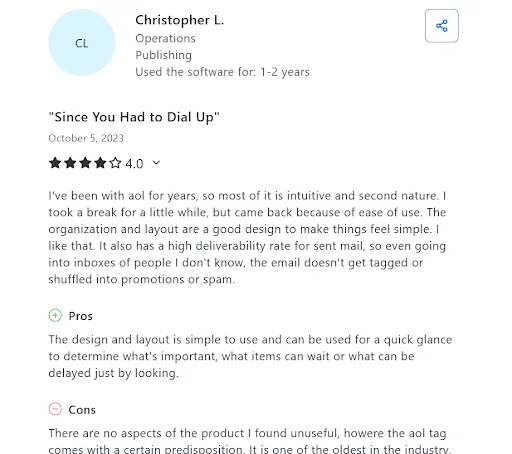
Review No 2:
Tyonna has been a loyal AOL Mail user for years and praises it for being simple, reliable, and easy to use. She gave 5\5 stars on Capterra.
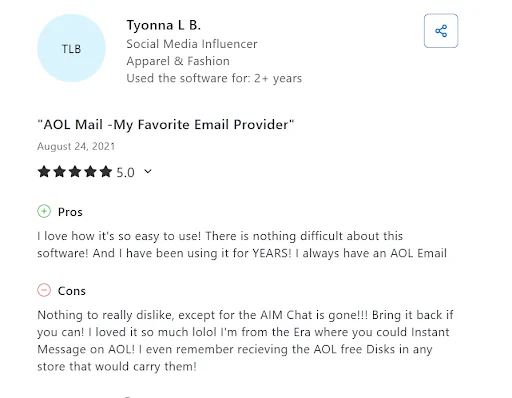
Final Take on AOL MyPrivacy
AOL MyPrivacy offers a practical solution for users concerned about online privacy. Based on AOL MyPrivacy reviews, it helps remove personal information from public databases and reduces unwanted mail.
While some users see clear benefits, others report delays or limited responsiveness from support. Despite these drawbacks, the service adds an essential layer of protection for long-term AOL users.
You can also have a detailed look at Xmegle Review.
Frequently Asked Questions
Reviews are mixed. Some users find the data removal feature effective. Others report customer support issues or slow updates.
AOL uses encryption and virus protection. However, users must beware of fake emails and scams.
It’s AOL’s support service for premium users. It offers faster response times and helps with MyPrivacy and other features.
Only updates from the official AOL website are legitimate. Ignore pop-ups or links in random emails.
Yes, AOL.com is the official and trusted domain. Avoid look-alike sites pretending to be AOL.


